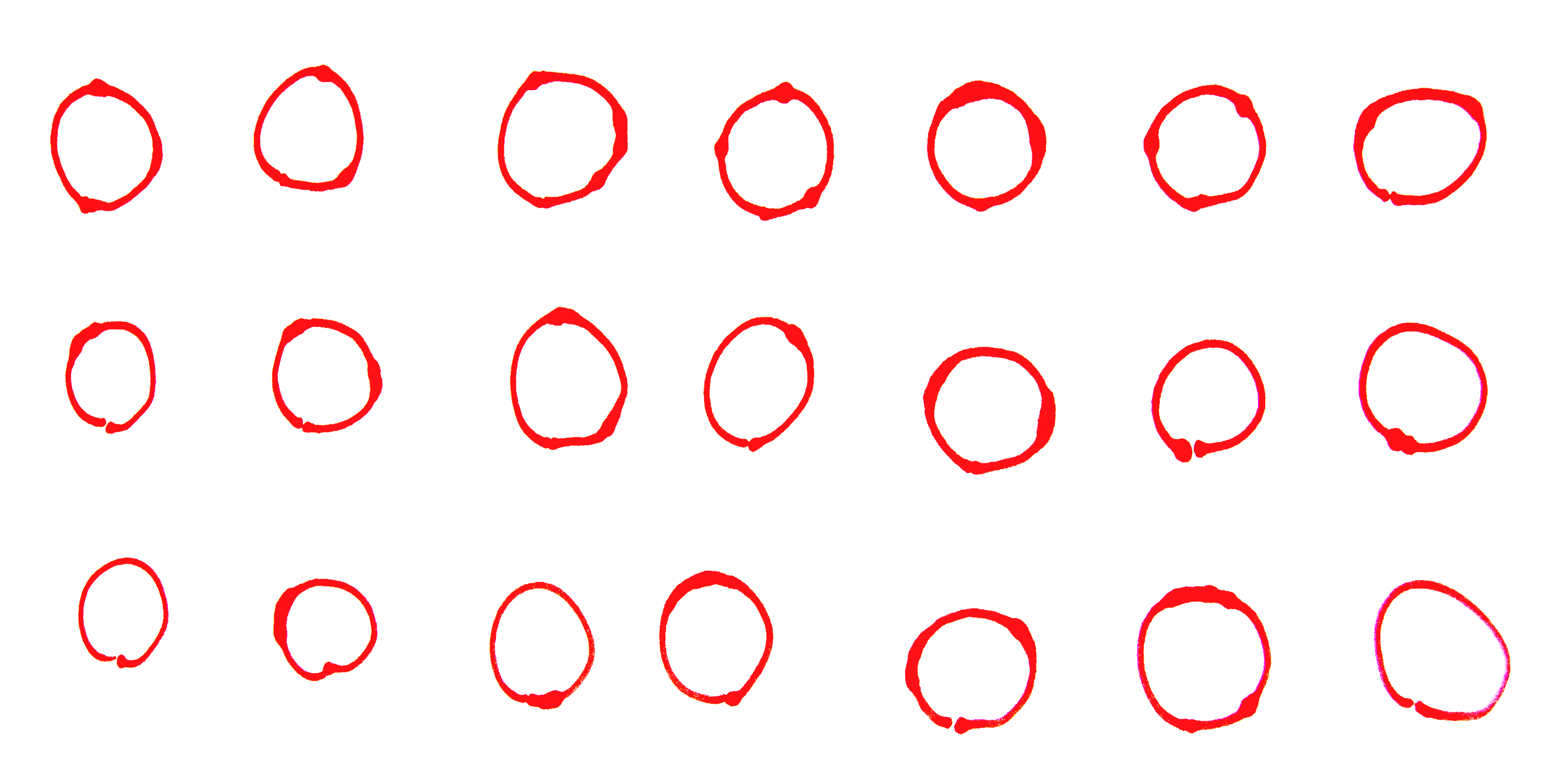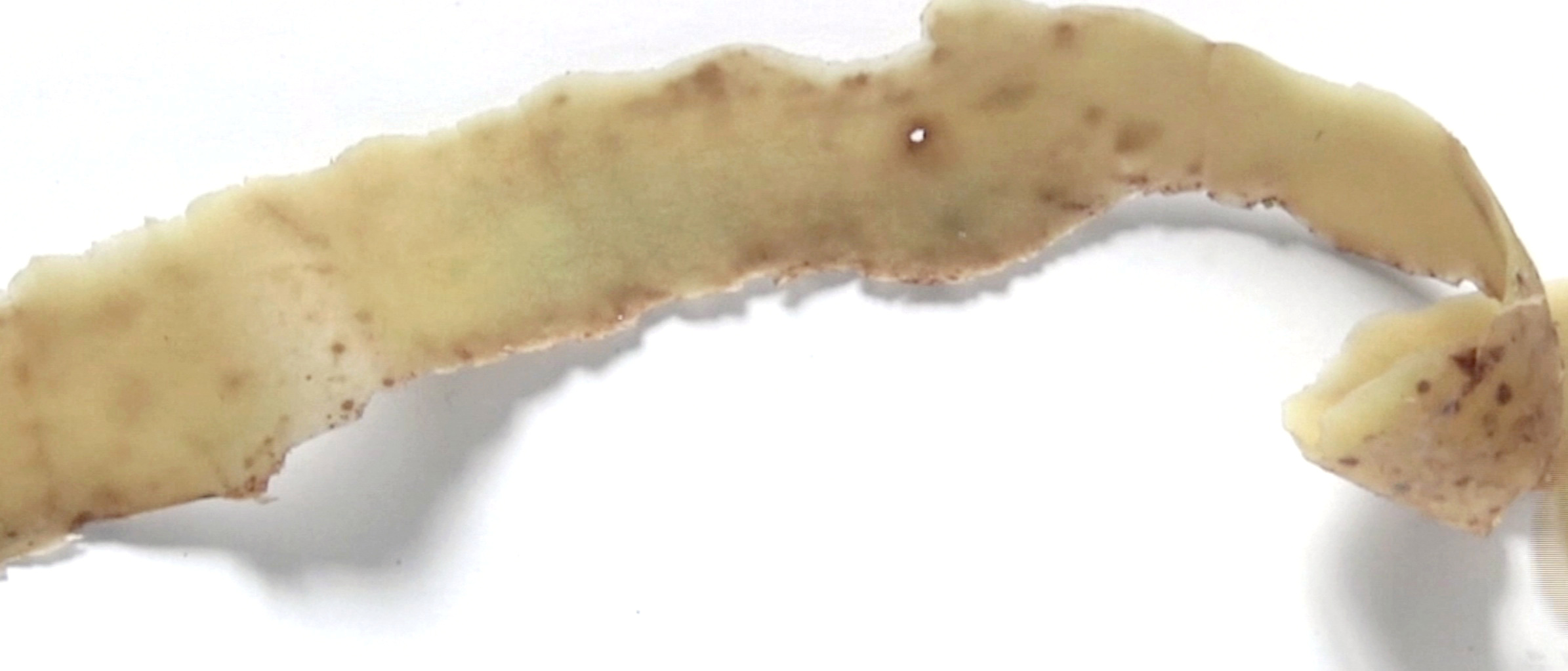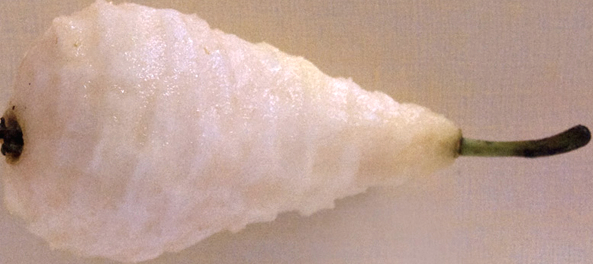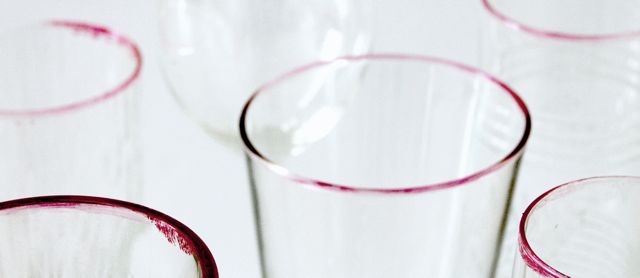Nicole De Brabandere
| Continuous Contours | ||
If we attend to the emergent alignments of the continuous contour we can feel how it gathers diverse formal and affective coherences across spaces, dimensions, bodies and sense categories. This change of emphasis from image capture to the generative dynamics of the process amplifies the contour's potential to resonate diversely in the lived ecology. Such resonances might include how the rendering contour in drawing space aligns with the directional contour of walking (giving the line rhythm) or wading through water (giving it a different kinds of felt resistance or distributions of force). The rendering contour becomes a proposition, not to stay on the path of the obvious, or recognizable continuities of practice, but invites a doubling-back that folds the inhabited past and textures of felt thought into the present. | ||
 Duration Drawing (2013) | ||
| In Duration Drawing the fluid ink of a felt-tip marker spreads into the porous surface of newsprint, and the brittle fibres that hold the surface in tact. By varying the speed of rendering, and by contrasting the fastest movement with the slowest, the ink variably spreads in directions that are orthogonal to the direction of the linear motifs. The moving contour gradually seeps into pores—bleeding the line's dimensions and the geometric co-ordinates into the waking tips of dry paper fibres. Now the page is thick with the potential to lead any-which-way—between dry and saturated, surface and depth, blood and skin. | ||
 Potato Peel (2013) | ||
| The contour returns, this time cutting into a movement that is just below the surface of the potato peel. The movement pulls forward for the length of reach between index finger and thumb. The line finds form by securing its position against the tough outer skin layer—the lifting skin, between tough and flesh, guides the path of the knife at a distance from the surface that is just thick enough to clear path that remains continuously below the surface. Once the potato has no more skin, and no more peeling rhythm left in it, the peeling rhythm remains perceptible in the undulations of the widening and narrowing peel. Now the potato peel begins to resonate with the variable bleed in duration drawing, such that flesh seeps into skin from the edges.
| ||
 White Teeth (2013) | ||
| The skin of the ripe pear does not hold the same firm consistency as the potato peel. Its papery skin spills its juicy fluid so that lifting the peel is indistinguishable from lifting wet, soggy pulp. The seeping surface is felt more than it is seen, since the skin is peeled as the pear contacts the teeth in continuous rotation, where the excessive wetness lands directly on the tongue. Though ripe and saturated with juice, the flesh beneath the skin holds more firmness than the fragile skin layer, as the movement of peeling becomes firm as it erupts the flesh before filling a new liquid skin. As the continuous contour aligns taste and sensation, flesh and skin it co-composes and re-composes ways of tending to the textures of movement while eating.
| ||
 Rim Stick (2014) | ||
| Now the contour remains fixated at the mouth and around the circular extremities of form. A distant hum starts to increase in volume, as the memory of wetting the finger to lubricate the rim of a glass while moving over it in continuous contact between rim and the soft padding of the fingertip returns. The juicy pear, the soaked finger and saliva go from wet to firm and then sticky as the water dries and attention lands on the vague memory of all those lipstick-smudged drinking glasses that withstood the clean cycle of the steamy restaurant dishwasher. Then the consistency of lipstick both as stick and in continuous movement presses on attention. The encircling contours coincide the resonant ring and the thick smears of color that grip tightly at the lips. |